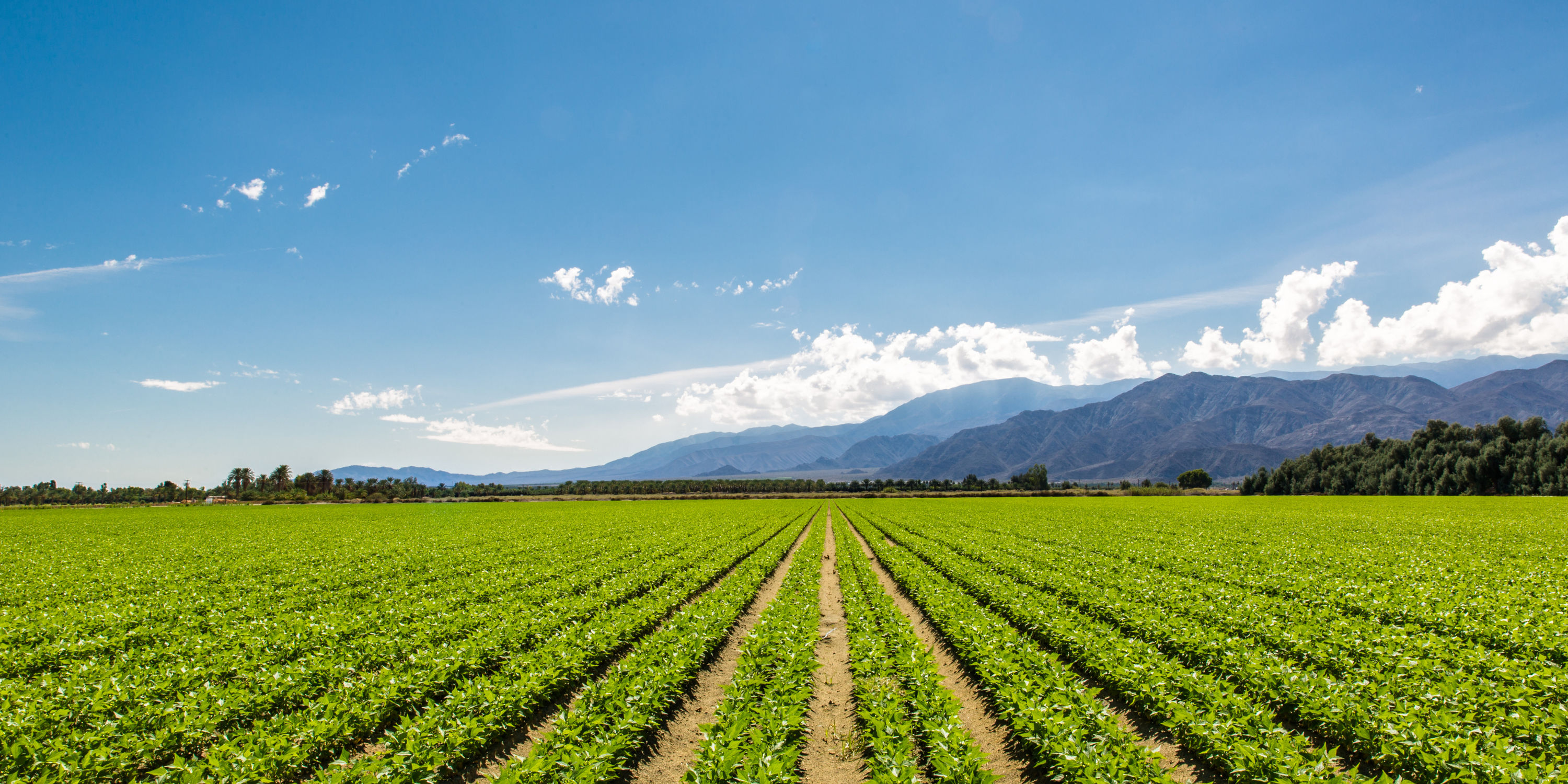
Safeguarding America's Working Lands: Farmland Preservation Tools in the U.S.
As the United States continues to urbanize, farmland across the country is under increasing pressure from development. According to the American Farmland Trust, the U.S. lost more than 11 million acres of farmland between 2001 and 2016 alone. With productive soils vanishing and farming communities facing disruption, many states, local governments, and land trusts have embraced a range of tools to protect this vital resource. These tools not only conserve agricultural land but also help maintain local food systems, support rural economies, and preserve open space.
Here’s a look at the most widely used farmland preservation tools in the United States:
1. Agricultural Conservation Easements
How it works: Landowners voluntarily sell or donate development rights to a government agency or land trust while retaining ownership and the ability to farm.
Key benefits:
-
Land remains in private hands
-
Ensures long-term or permanent agricultural use
-
Can provide financial compensation or tax benefits to landowners
Programs to note:
-
USDA’s Agricultural Conservation Easement Program (ACEP)
-
State-level programs like Maryland’s MALPF or Vermont’s VHCB
2. Purchase of Development Rights (PDR)
How it works: Similar to conservation easements, PDR programs compensate landowners for limiting future development of their land.
Key benefits:
-
Keeps farmland affordable for future farmers
-
Provides capital for reinvestment in the farm
-
Can help family farms remain economically viable
Common users:
-
County and municipal governments, often through voter-approved bonds or dedicated funds
-
Partnered with state or federal matching programs
3. Transfer of Development Rights (TDR)
How it works: Landowners in designated "sending areas" (usually farmland) sell development rights to developers who want to build at higher densities in "receiving areas" (typically urban zones).
Key benefits:
-
Provides market-based incentives to preserve farmland
-
Directs growth toward areas with infrastructure
-
Offers flexible, scalable preservation potential
Successful examples:
-
Montgomery County, Maryland
-
Lancaster County, Pennsylvania
4. Agricultural Zoning
How it works: Local governments zone land specifically for agricultural use, limiting residential or commercial development.
Key benefits:
-
Offers baseline protection
-
Can prevent parcel fragmentation
-
Supports right-to-farm laws and buffers against land use conflicts
Limitations:
-
Can be overturned or weakened politically
-
Often challenged by development pressure unless paired with permanent protections
5. Farmland Protection Tax Incentives
How it works: Provides tax relief (such as lower property assessments) for land actively used for agriculture.
Key benefits:
-
Encourages continued farming
-
Eases financial burdens, especially in rapidly urbanizing areas
-
Can be paired with other tools like easements or zoning
Programs to explore:
-
California Land Conservation Act (Williamson Act)
-
Use-value assessment programs in nearly every state
6. Right-to-Farm Laws
How it works: Protects farmers from nuisance lawsuits and unreasonable local regulations when they engage in accepted agricultural practices.
Key benefits:
-
Shields farms from suburban encroachment
-
Reduces pressure to sell or convert land
-
Strengthens farm viability
Note: These laws support farmland use but do not restrict development or permanently preserve land.
7. Land Trusts and Nonprofit Conservation Groups
How it works: Private organizations acquire or steward farmland conservation easements and work with landowners on preservation strategies.
Key benefits:
-
Flexible and locally responsive
-
Can act more quickly than government programs
-
Often help young or beginning farmers access preserved land
Examples:
-
American Farmland Trust
-
Local and regional land trusts like Marin Agricultural Land Trust (MALT) or Equity Trust
A Holistic Approach
No single tool can meet every farmland preservation need. The most effective strategies often involve layering these tools—using agricultural zoning alongside conservation easements, or pairing TDR programs with tax incentives. As threats to farmland evolve, communities must remain adaptive, combining legal, economic, and planning tools to meet the challenge.
By protecting our farmland today, we ensure a legacy of food security, rural vitality, and environmental stewardship for generations to come.
Up next: Protecting Farmland Forever: Understanding Agricultural Conservation Easements
Share


